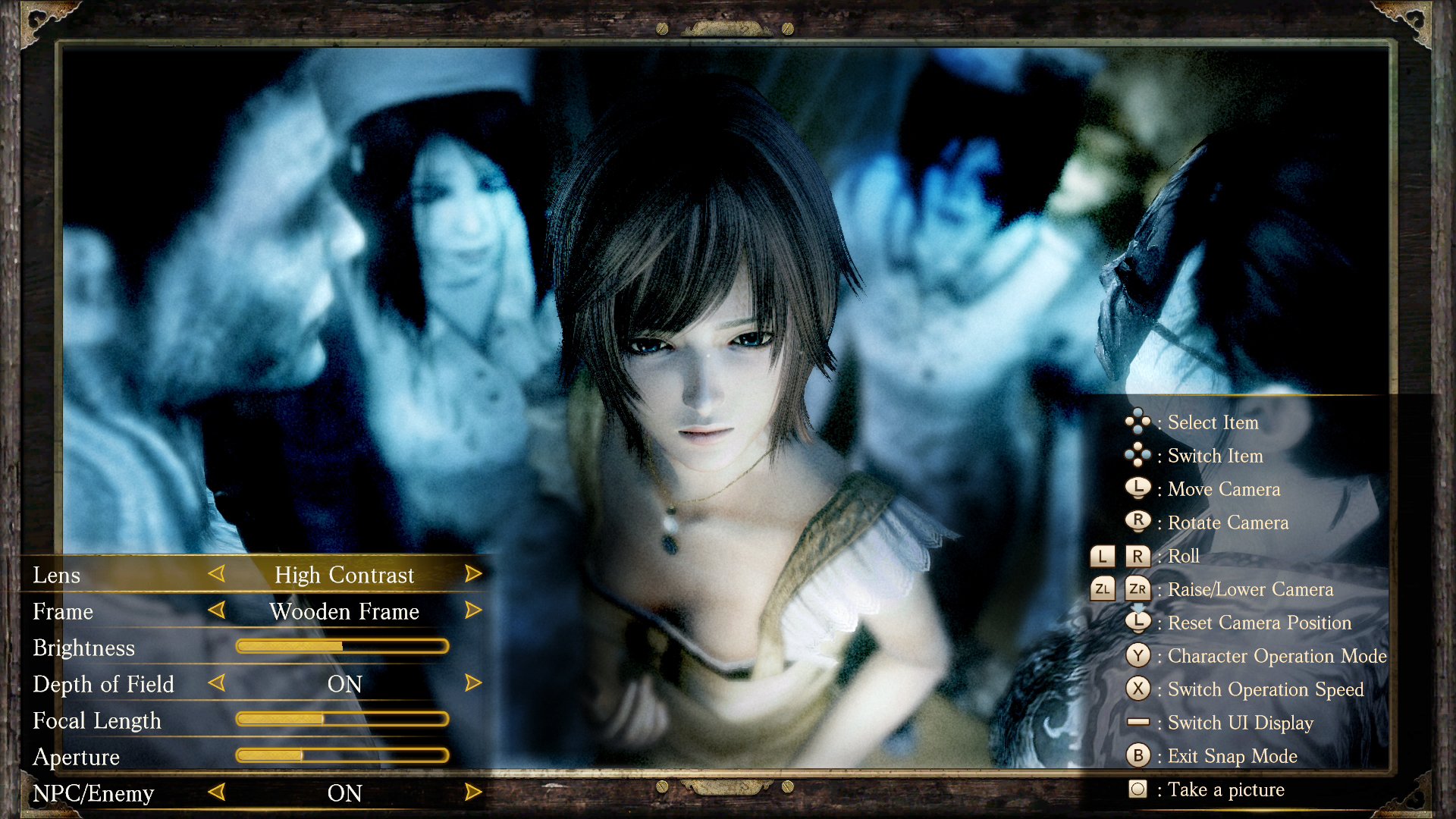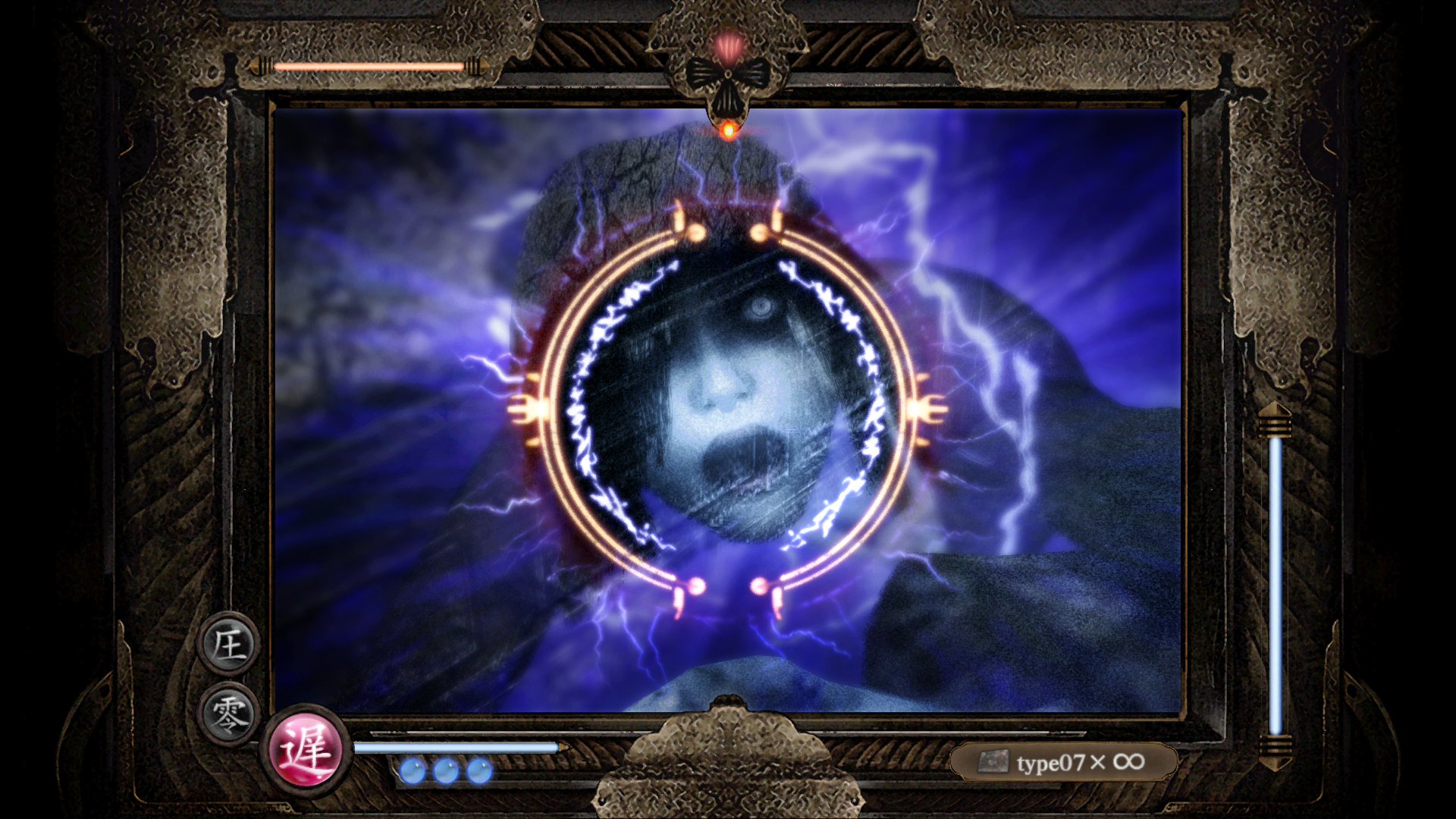Project Zero: Mask of the Lunar Eclipse - Review

A group of children go missing during a festival on Rogetsu Isle. They are called back ten years later by an unknown desire; to find their lost memories and uncover what happened to them on that island ten years ago.
Project Zero: Mask of the Lunar Eclipse is the fourth game in the series, and the second to receive a modern day port to current gen consoles and PCs. Mask of the Lunar Eclipse was originally released in 2008 exclusively in Japan for the Wii. This remaster brings a uniquely developed game to a Western audience for the first time. Originally developed as a collaborative effort, the gmae was created by Tecmo, Nintendo SPD and Grasshopper Manufacture. Grasshopper Manufacture famously being founded by Goichi Suda; the man behind Killer7, No More Heroes and Killer is Dead.
Whilst Mask of the Lunar Eclipse doesn’t have an elaborate and confusing story, as it often seen in some Grasshopper developed titles, it does have one of the more thought out, well-constructed and enjoyable stories in the Project Zero series. With a far more focused and unique story, relying less on ghost stories of Japan’s folklore, and far more on their own constructed narrative, which makes it more approachable for those outside of Japan. Mask of the Lunar Eclipse focuses on four of the major characters involved in the disappearances that occurred during the Rogetsu Kagura festival, just a decade after those events. Ruka, Misaki, Madoka and Chōshirō are your main protagonists, and you’ll experience three linked, but distinctly unique storylines. You will also get some variety on the style of gameplay between the girls, with a drastically different and unique method of combat with Chōshirō.
The traditional camera based combat makes a return in Mask of the Lunar Eclipse; with a few additions to add a little bit of life to the game. Chōshirō however fights using a Spirit Flashlight, which adds a completely fresh and different style of gameplay compared to what had become the expectation across the original three titles. The Spirt Stone Flashlight behaves far more like a shotgun, needing to reload by avoiding enemies whilst it absorbs the moonlight. Chōshirō’s sections as a result of the more shotgun like fighting, tend to have larger groups of ghosts to battle off at a time. The two varieties of camera don’t differ too much in active gameplay, but the lenses you can acquire for unique attacks such as stuns, or slows, change how you interact with fights. Chōshirō definitely is far more enjoyable to play, with Ruka’s camera charge up displaying being the most interesting to look at. The major downside is that Chōshirō gets far fewer chapters to play through, with Ruka and Misaki getting the most. Madoka gets the least amount of playtime, and by association also lacks a definitive ending outcome which is unfortunately annoying. Chōshirō gets a link to the ending, but his actual outcome and storyline ending feels far too empty and open-ended.
This ending issue permeates across the majority of the cast actually. The only character that gets a definitive ending is Misaki. Despite the game loosely linking the four members together, they have hardly any interaction with each other and there is a major push for each to have their own journey. The decision for Ruka to be the only one that gets a definitive ending in the end, whilst it makes moderate sense in the direction that they take the story, the problem makes 90% of the development of other character’s feel like a way of padding out a story that they didn’t have the ability to flesh out without superfluous secondary stories. There is a huge amount of effort put into the world building, and development of these other stories so it is somewhat baffling that there is a seeming disregard for the finishing of the stories. There is a second ending scenario for playing the game on the hardest difficulty, but problematically it only gives a slight insight into one of the other characters, but still leaves things up in the air. Thankfully, despite the lapse in the endings, the overall gameplay and world building far makes up for it.
Mask of the Lunar Eclipse does a very good job of making you feel incredibly vulnerable at all times. The oppressive white noise, the moments of silence. The increasing noise filter over the screen with the emergence of ghost events to amplify the separation of reality from the spirit world. The Project Zero series has a fundamental grasp on the idea of tension and atmospheric horror, without getting excessive with overt jump scares or cheap thrills horror. The background stories about the island, the illness that was causing people to lose their minds, as well as the underlying theme of familial betrayal really makes the world feel far more alive, despite its secluded location and repetition of locations. The improved graphics here also aid in the visual fear factor.
The improved graphics, whilst not being stand-out award winning visuals are impressive considering the leap from the Wii to modern day systems, whilst staying within reason for the Nintendo Switch. The new outfits and Snap mode, the in-game photography system, takes these additions and amplifies them further. Giving you a reason to obtain the collectibles and all the ghost list items, with the new outfits allowing you to stage and change how your characters look. Which in turn allows you to get perfect pictures of them in the Snap mode. It turns out a game about photography, can offer a pretty decent in-game photo mode, as you can manipulate the character pose, camera position, add filters and more. For players who want to get special shots of the game this is a good little addition, that doesn’t detract from the core gameplay. Although, I would recommend perhaps avoiding the swimwear outfits for the immersion factor.
Frustratingly, the controls themselves do not feel like they have been modernised properly and mack you feel out of sorts for not having a Wii remote. In particular, the flashlight is used to reveal items in the environment and to focus on objects and interactables. The flashlight works off the right analog for controllers, but often battles with the left stick for priority of movement. The flashlight itself controls relatively slowly, feeling like it is moving through mud. There are often times where attempting to move the character whilst searching the environment will get them stuck in place and rotate completely the opposite way you want them to. The flashlight still controls like it needs the Wii remote motion controls to be appropriately maneuverered. There are also some strange interactions when running. The run makes you move forward as long as the button is pressed, but sometimes turning left or right would stop working until you’d moved in the opposite direction. These are small gripes, but in a game that requires generally tight movement in combat, this can be incredibly frustrating when the controls themselves are fighting against you.
Project Zero: Mask of the Lunar Eclipse is an interesting entry into the series. A very solid title, with a fantastic backstory and world to enjoy. The overall ending is somewhat loose, which may be a case of the original developer, Grasshopper Manufacture being somewhat flighty with their stories overall. The addition of a new style of fighting with Chōshirō is a welcome change and adds a different element to the overall combat. A solid experience at around thirteen hours for a single completion. With this being the second remaster, potential for the original three games to receive the same treatment is hopefully on the horizon, with them being some of the most enjoyable entries into the series. Finally getting to experience Project Zero: Mask of the Lunar Eclipse is very welcome.
The Score
7.5
Review code provided by Koei Tecmo
The Pros
+Spirit Stone Flashlight combat fluid and enjoyable
+Atmosphere is incredibly creepy and haunting
+Impeccably interwoven world building to build strong lore
The Cons
-Controls feel unintuitive and frustrating
-Character’s lacking definitive endings weakens the story
-Short experience with little replay value besides completionist desire









